This is a simple project that lets you use an ATMega328-based Arduino (Uno, Duemilanove, Nano, Pro Mini, or compatible/clone) to type words oldschool-style on an IBM 4610-series receipt printer. Your printer must support RS232 for the reference design, as presented here, to work.
The design, as shown, includes a 20-character-per-line, two-line backlit character LCD that at the moment is not supported in software. Unfortunately, as far as programming languages go, anything newer than 1980s BASIC as found on eg Commodore 64 systems or an aging MS-DOS 6.22 boot floppy is largely beyond me. While I was able to argue together enough coherent Arduino code to make this particular version work, coaxing the LCD into action proved beyond me. (Also, I need to buy ibuprofen again, now... LOL...)
Thus, the original design has been divided into "Stage One" and "Stage Two". This project covers "Stage One" -- i.e., just get the d--- thing working (ha!). This is now complete. The included code compiles and runs, and allows a standard or compact-style ( "mini" ) PS/2-protocol keyboard to output characters to the printer.
There are, however, a few severe limitations. One, USB keyboard support is absolutely impossible at this time. Two, you cannot see what you are typing until you have typed a full line, which is quite rigidly fixed. There is, unfortunately, no way around this, the way the printer operates -- one would be required to literally rewire the inside of the printer, or at least write a new ROM for it, both of which are well and truly far beyond any abilities I possess at this time. Three, while you *can* change the number of characters you get per line, the options are... extraordinarily limited. This will be discussed in a project log.
For build instructions -- follow the logs, avoiding my moments of stupidity.
 Starhawk
Starhawk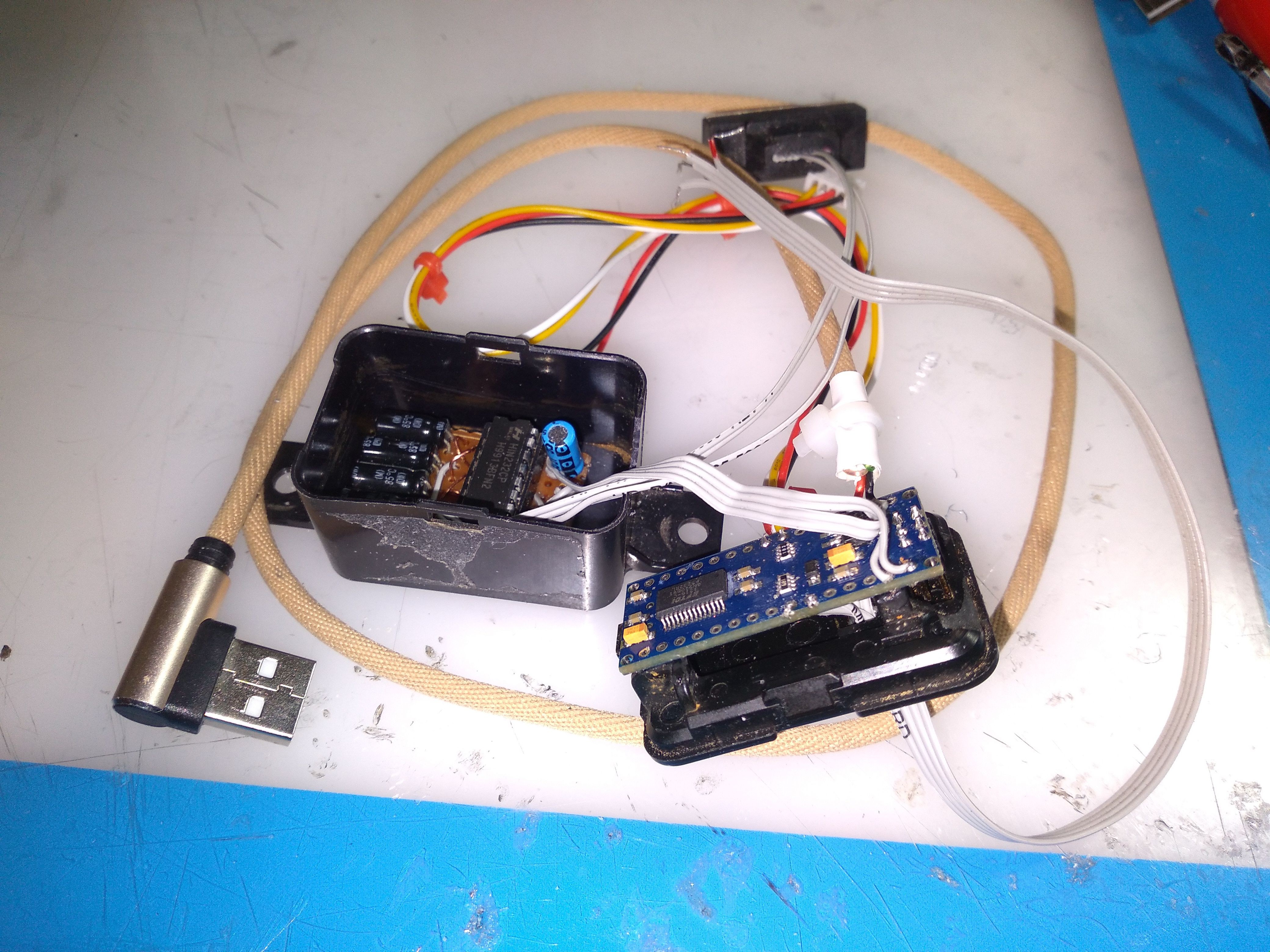
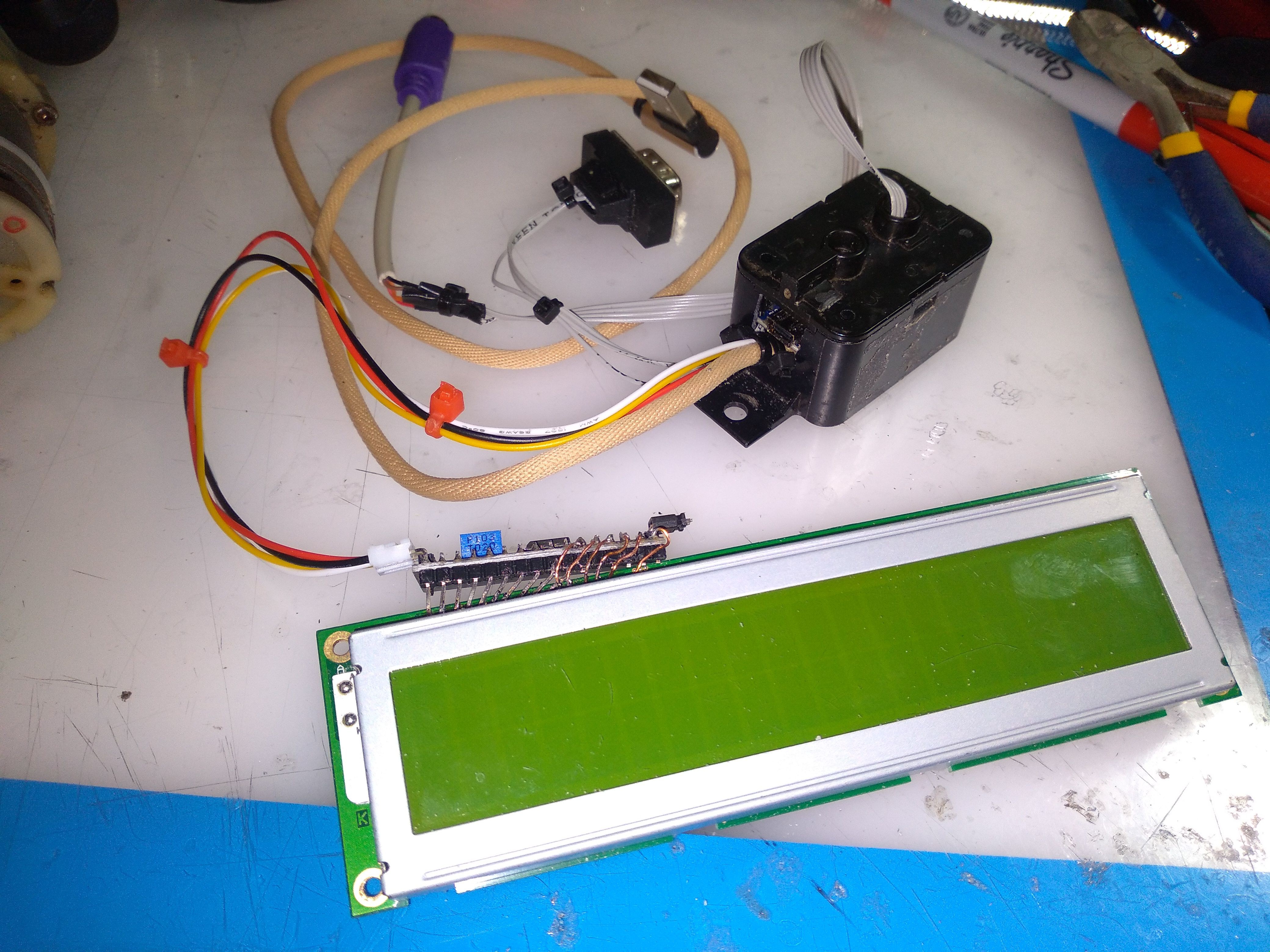
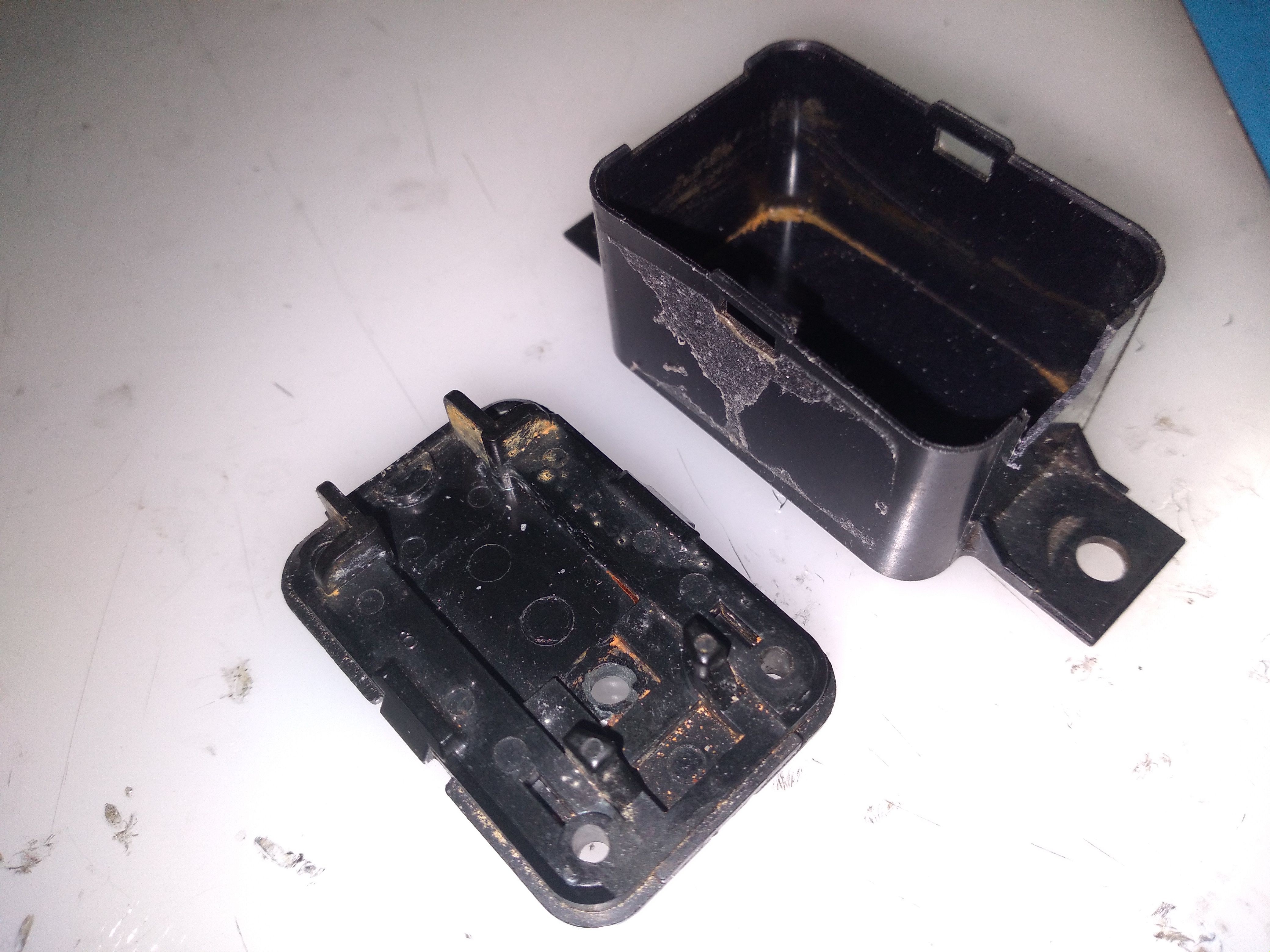
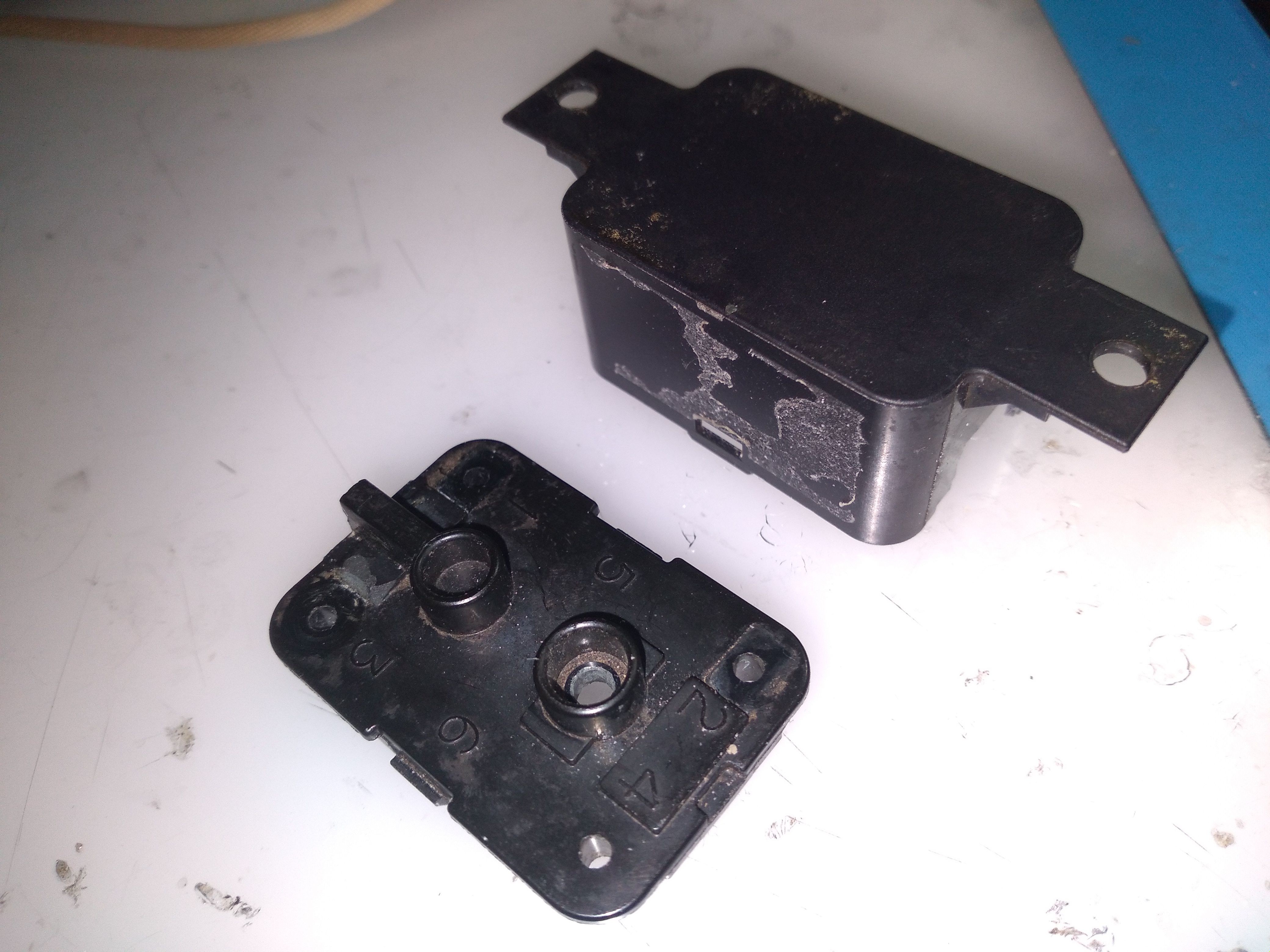
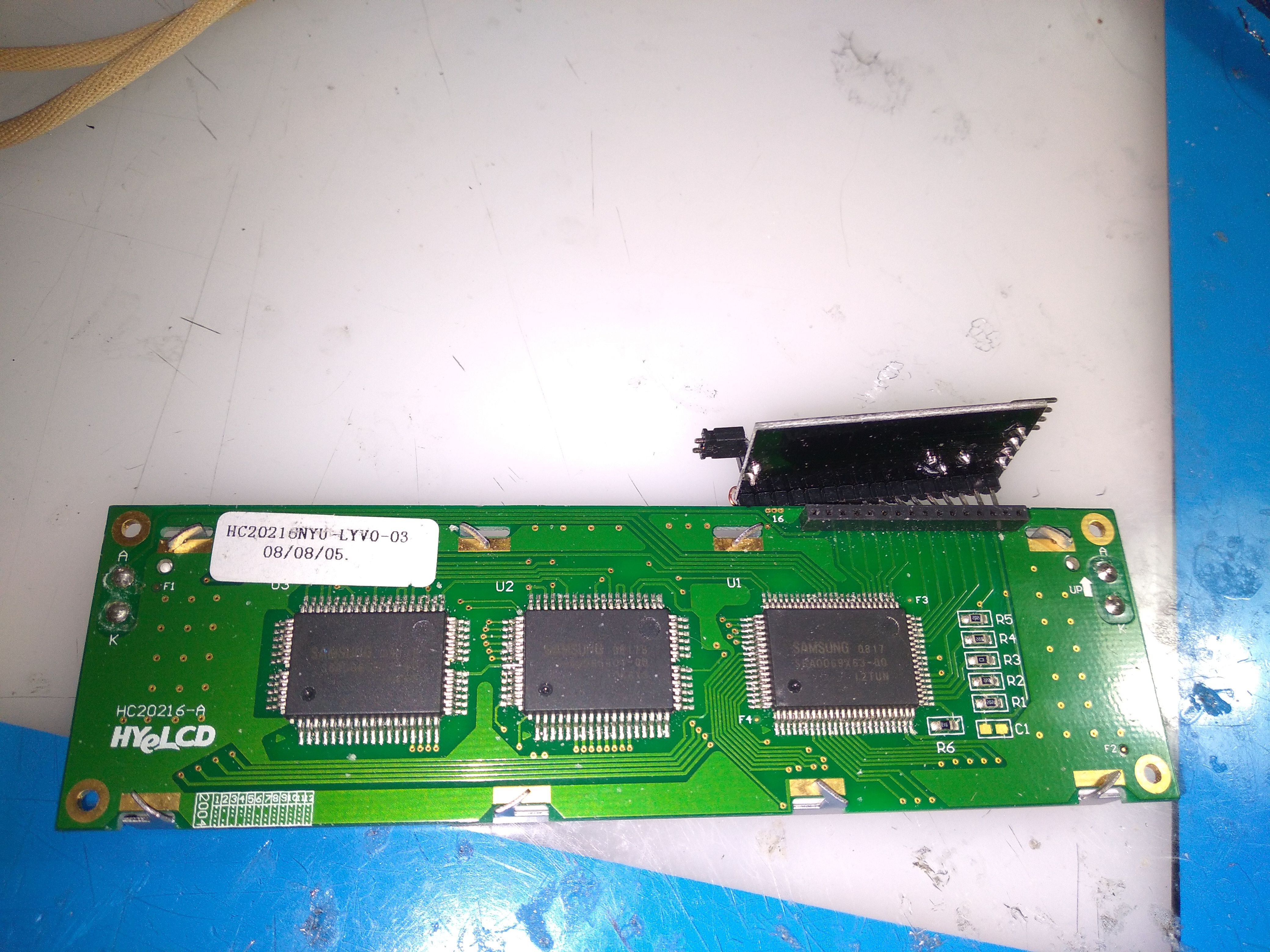
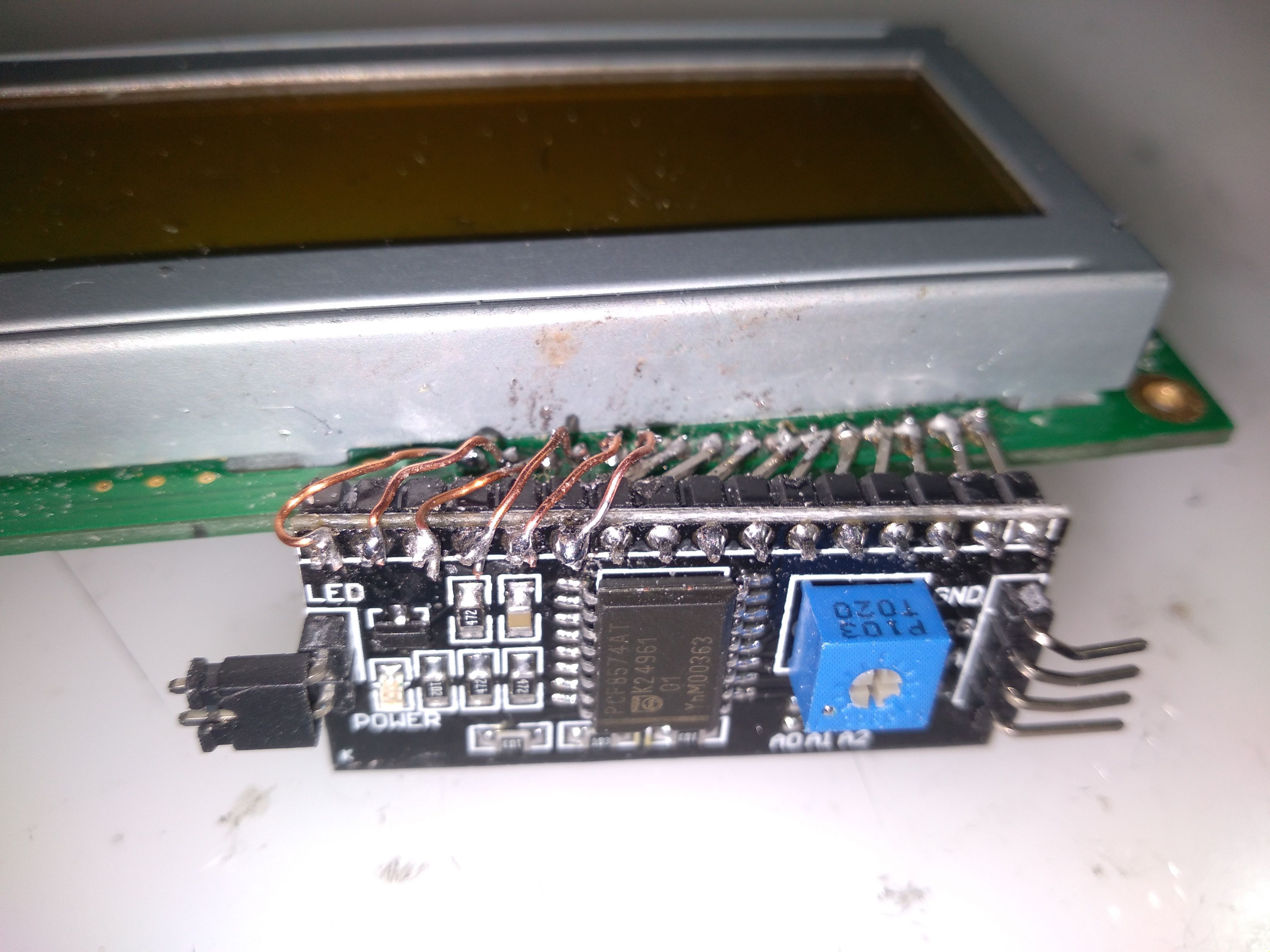
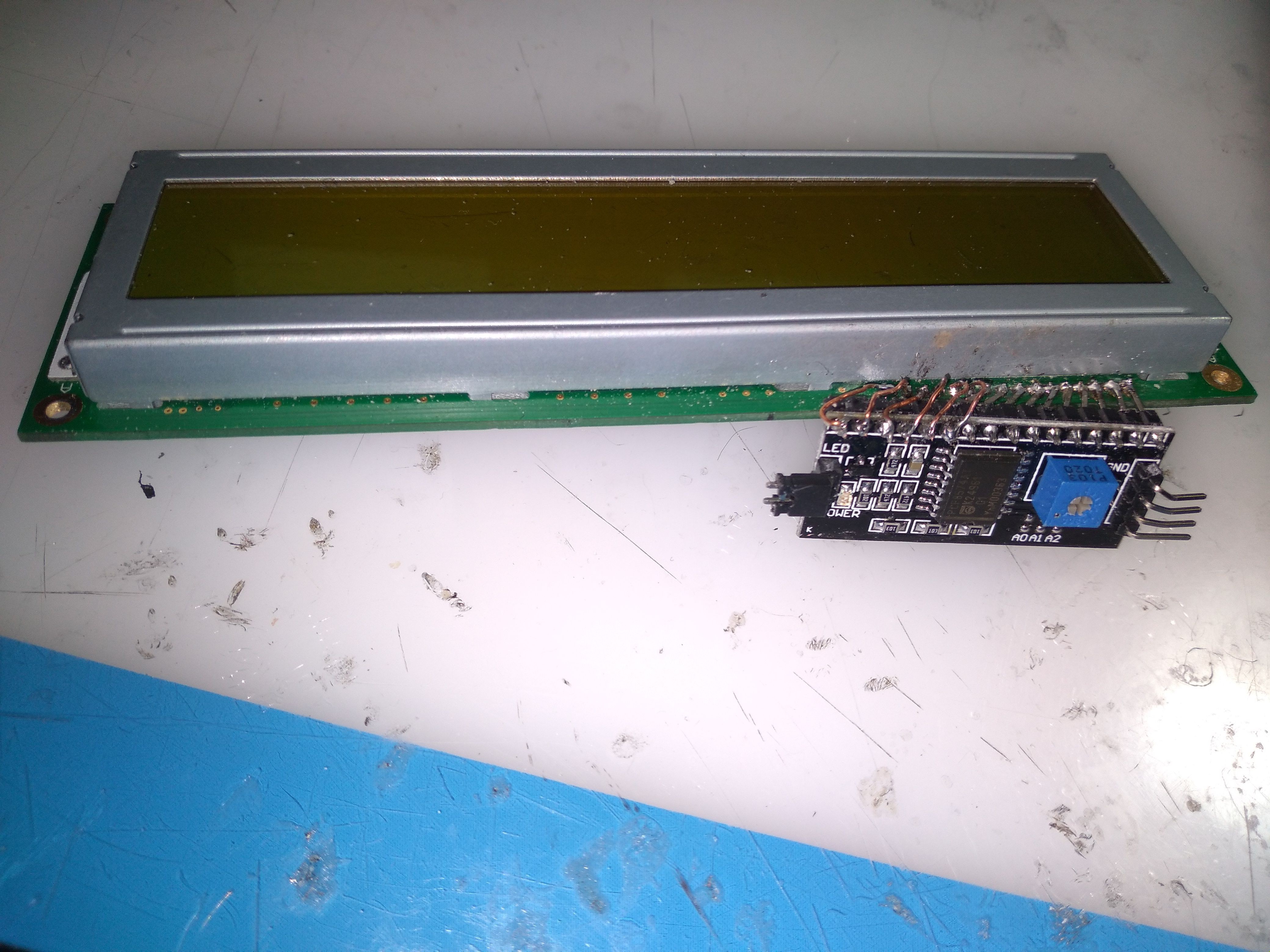
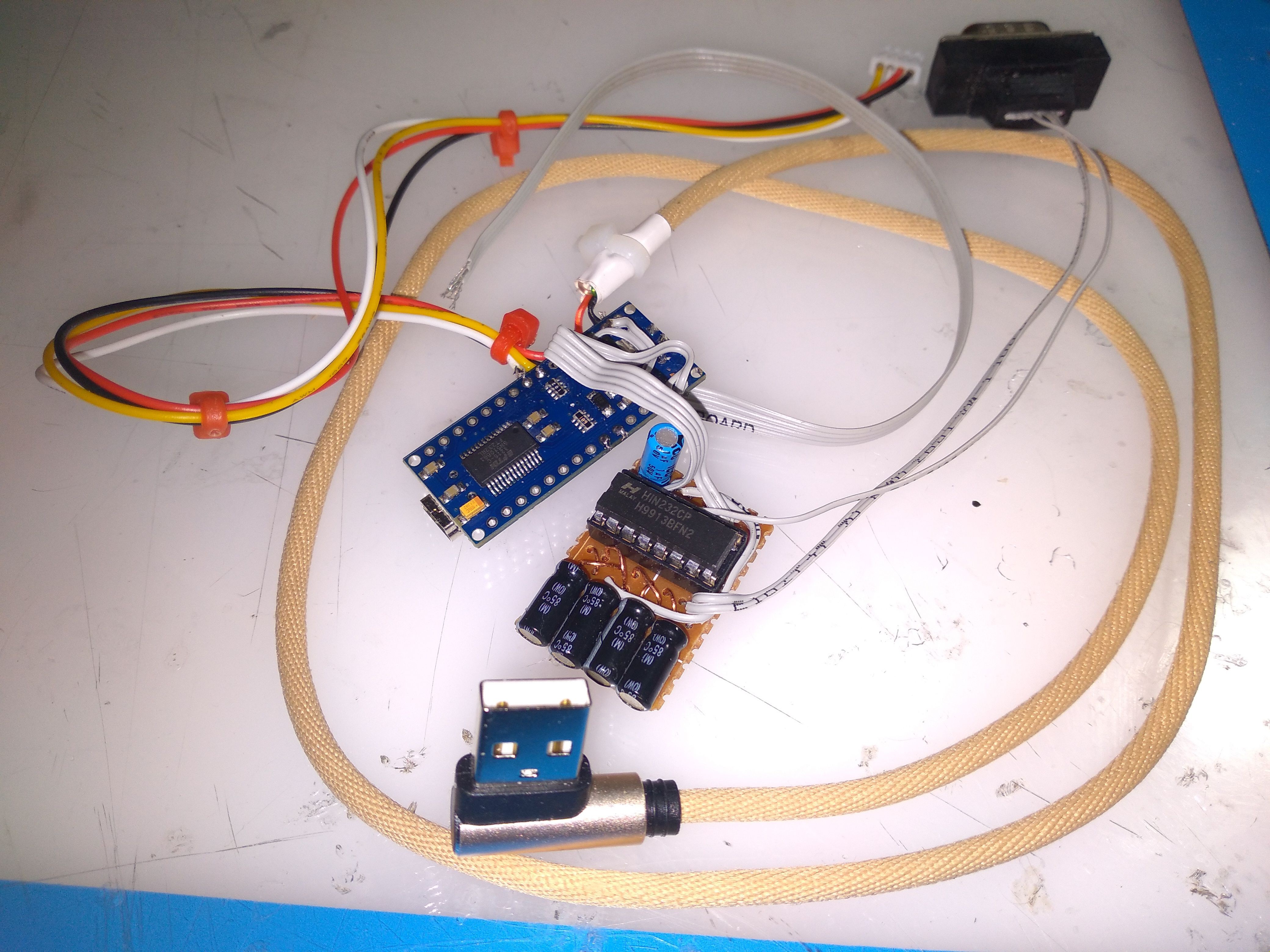
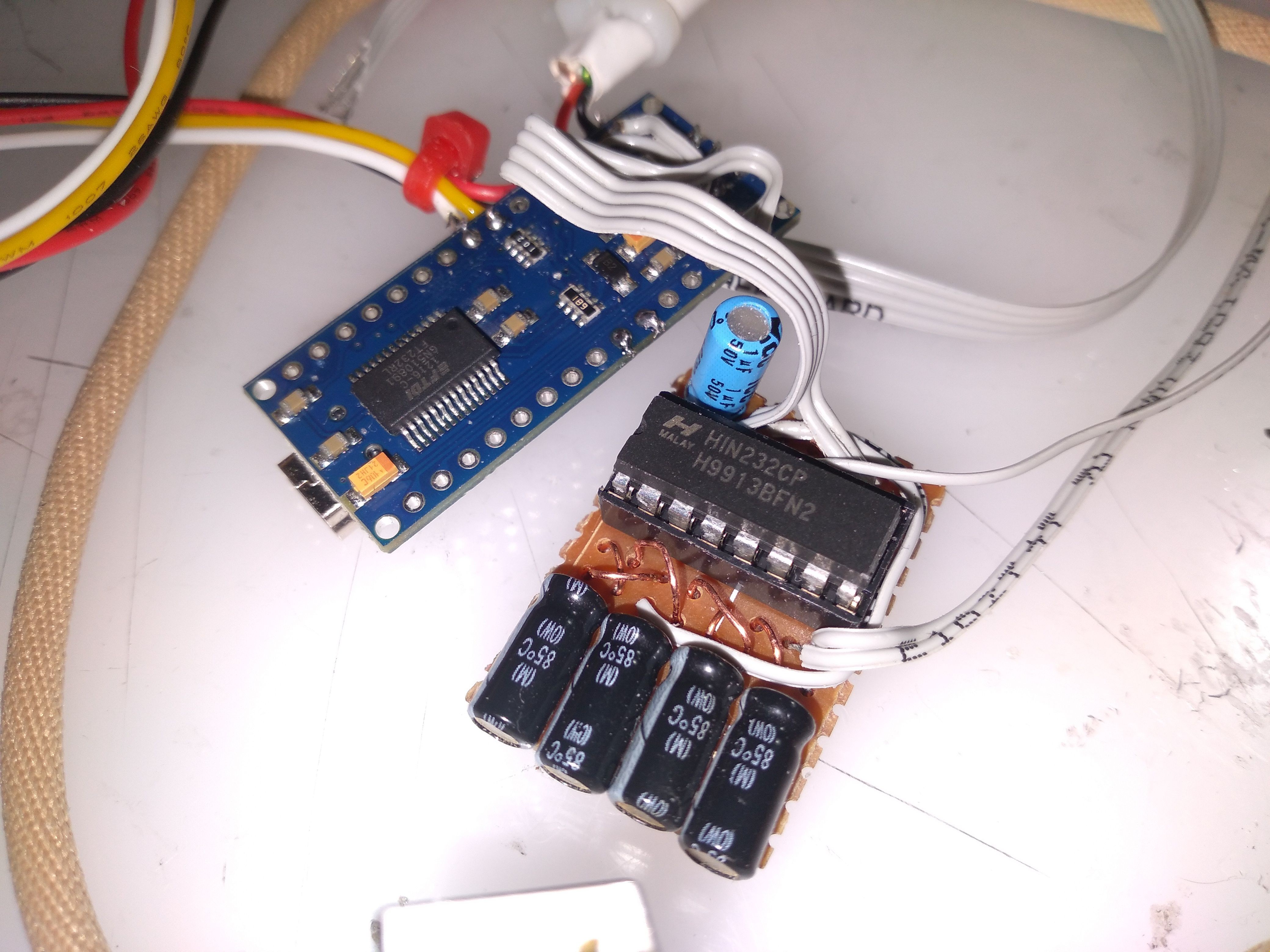


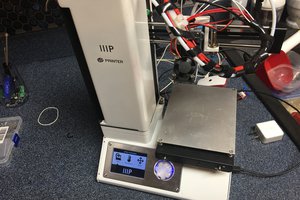
 J.C. Nelson
J.C. Nelson
 Benjamin Blundell
Benjamin Blundell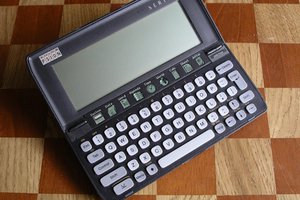
 Alex Brown
Alex Brown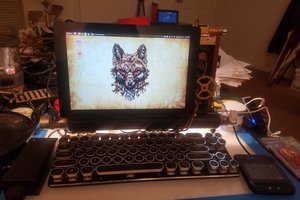
Cool build my friend. I might even give this a try :-)